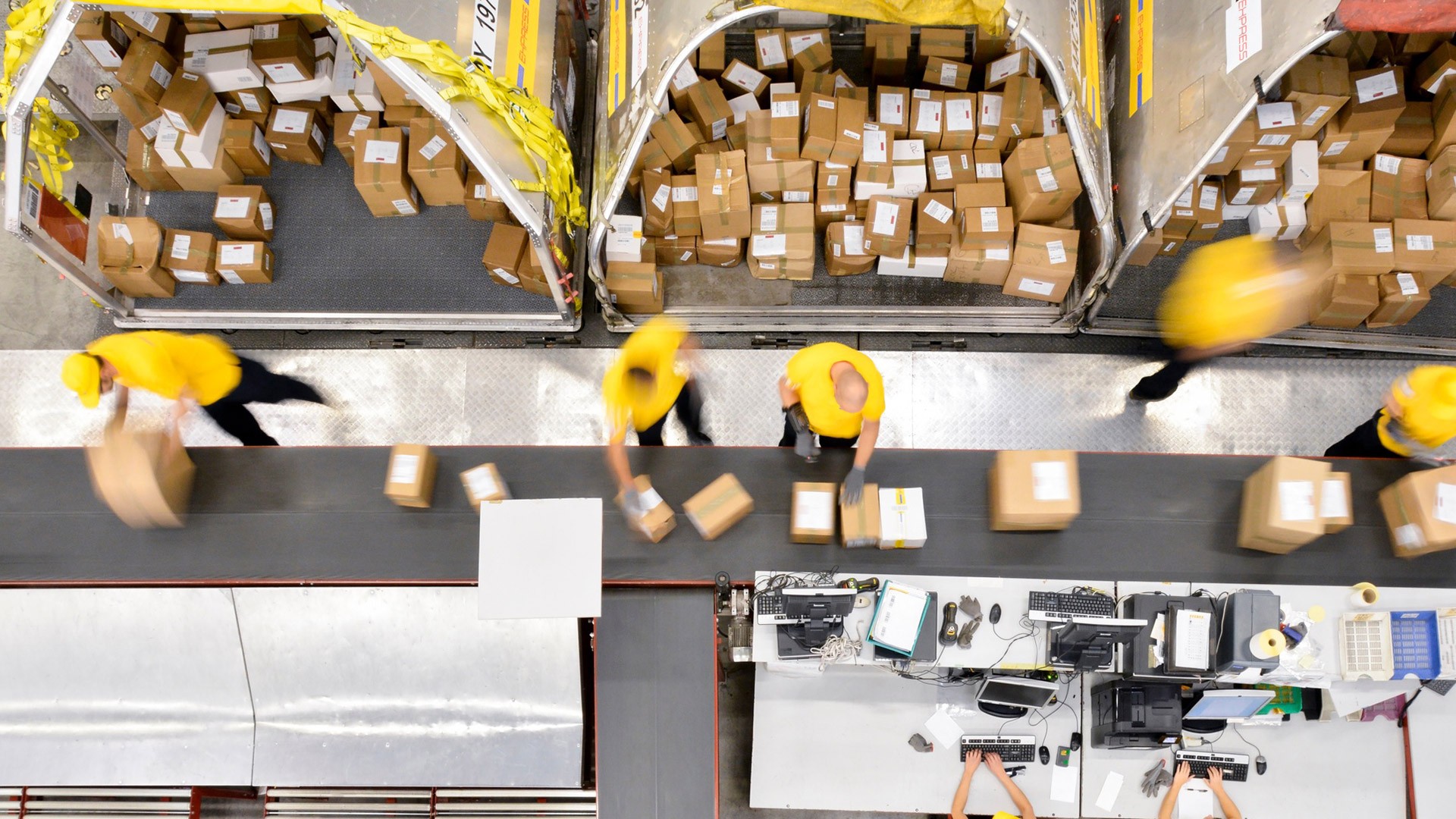Overview
- Supply chains must prioritize flexibility and efficiency to combat market pressures.
- If you use manual inventory processes, you can’t make adjustments. Inflexibility is costing you. Do you know how much?
- Take a closer look at how continuing to “do nothing” leads to unsustainable costs.
Industry supply chains get more complex each year. Global disruptions, like COVID-19, only add to this complexity.
To navigate these changes, supply chain companies are prioritizing automation technologies like mobile inventory. Mobile drives flexibility, efficiency and productivity.
Still, many are hesitant to make a change—despite 60% agreeing that just seconds-faster workflows can lead to significant time and cost savings.

This begs the question: If you haven’t automated inventory workflows, then how much are your inefficient manual processes costing you each day? Each year?
What’s the cost of not automating?
In this article, we’ll examine the true costs of “doing nothing” across three areas: inventory handling, labor, and compliance.
WATCH VIDEO - DSM plugs cost leaks by transforming inventory control:
How Manual Inventory Processes Costs Add Up
If you use manual processes to track inventory, such as with paper tickets or spreadsheets, you likely have difficulty with accuracy.
Imagine that you fill just 100 order lines per day at 90% accuracy. This 10% inaccuracy leads to 10 errors per day. Industry estimates put the cost per error between $50-$500. Even assuming a low $100 per-error rate, you are losing $1,000 per day because you can’t effectively track that small percentage. At 1,000 orders per day, inefficiency costs $10,000 each day.
After a year, these losses could add up to $3.65-million.
Compare that to using a mobile inventory solution at 99.9% accuracy. Simply by having the solution in place, you could be saving $9,900 per day or up to $3.61-million per year.
ALSO READ: 7 hidden cost leaks in your warehouse »
Where Do These Errors Come From?
Errors are impossible to avoid with manual inventory processes. They creep in when workers write down the wrong number or input printouts incorrectly into the computer.
These errors quickly add up.
Costs associated with each error result from:
- Lack of real-time inventory visibility
- Inefficient labor utilization
- Inventory shrink
- Delayed, rushed or overnight shipping costs
- Returns and chargebacks
Among many others, such as lost customers and a lack of operational agility.
Why Inefficient Labor Practices Cost You
Here again, manual inventory handling is inefficient for labor utilization.
According to Honeywell, inefficient labor utilization costs 3,000 extra labor hours per year, or 8 hours per day.

Using Honeywell’s estimate and the current U.S. federal minimum wage of $7.25, this inefficiency would cost you $58 per day, or $21,170 per year. In states with higher minimum wage, like Washington and California, extra labor costs could reach up to $108 per day, or $39,420 per year.
Many organizations waste much more labor productivity with administrative tasks.
With automation technologies like mobile barcoding, however, your same workforce can achieve 30% more each day. This increase saves you about $32.4 per day. That’s about or $11,680 per year.
And that’s only one area of savings from efficiency. There are many others.
DIVE DEEPER: Shedding Light on Invisible Value-adds for the Warehouse »
How Do Inefficiencies Occur?
Manual processes mean your workers spend more time doing administrative tasks. Each task is performed at lower accuracy and efficiency. Inefficiencies occur during:
- Time spent transcribing paper printouts into a computer workstation
- Time spent checking inventory accuracy
- Increased number of manual cycle counts
- Increased manual labor for repetitive tasks
- Increased time spent walking back and forth
And others.
The High Cost of Non-Compliance
Manual processes make compliance very difficult.
How much extra work did non-compliant barcode labels cost you last year? If you’re an aerospace and defense contractor, can you effectively trace counterfeit parts? If you’re a food and beverage company, what’s your recall readiness like? How long does it take to track down recalled ingredients using paper systems? How much good product is destroyed with bad due to lack of data granularity?
The International Trade Centre (ITC) estimates that traceability solutions can reduce recall scope by 50% to 95%.
In one case, food manufacturer Sunland Inc. experienced a product recall that cost them $1 billion. If they had used a traceability solution instead of manual processes, the impact could have decreased Sunland’s costs up to $950 million.
What’s the Total Cost?
Doing nothing about manual processes in your warehouse isn’t saving you money, nor does it keep costs down. When added up, the cost of sticking with manual inventory practices is substantial:
In a smaller operation: $1,058 per day, or $386,170 per year.
An enterprise operation: $10,108 per day, or $3.69 million per year.
More than enough to pay for a mobile inventory solution many times over. The rest becomes profit.
With today’s supply chain disruptions, labor challenges and competitive market, few can afford such unnecessary costs. Mobile inventory solutions can automate manual processes and eliminate cost leaks. With a low TCO and high ROI, you could be losing money by not automating inventory handling.
You could be saving money and driving efficiency by replacing manual processes with mobile inventory.






